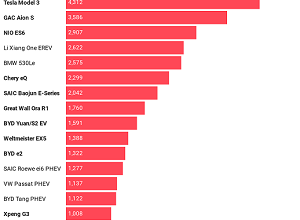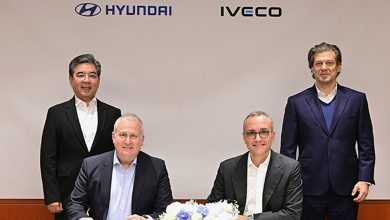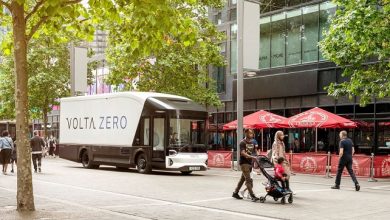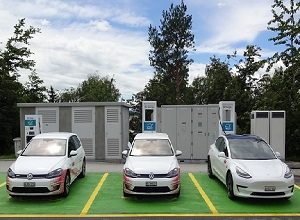Gothenburg tests electric cars to boost grid resilience
The electrification of society is in full swing. By 2035, electricity demand in Gothenburg is expected to grow by 600 MW, which corresponds to the total consumption of Sweden’s third largest city, Malmö. More flexible load and balancing services can and must solve much of the increased demand.
The batteries of electric cars can become an important resource within the local electricity grid. They help accommodate energy from variable sources, such as the sun and wind, and manage power more efficiently. Gothenburg’s utility company Göteborg Energi is running several vehicle-to-grid (V2G) projects, together with Volvo Cars and Polestar, among others.
Fortunately, Gothenburg has an advanced e-mobility knowledge cluster, and a very progressive automotive industry.
“This is why it feels both natural and inspiring to collaborate with leading electric car manufacturers. We also collaborate with other actors on flexible solutions of the future.,” says Lars Edström, CEO of local grid owner Göteborg Energi Elnät.
The V2G-potential is very large
The number of rechargeable vehicles in Sweden has now passed half a million, with a total battery capacity of over 11,000 MWh. Significant growth is expected for this figure. Most cars spend most of their time parked. Electric car owners have great opportunities to contribute and support the energy transition when not driving.
“In the future, experts estimate that vehicle-to-grid can cover up to 20 percent of the flexibility need. Therefore, the potential is very large,” says Lars Edström.
V2G technology has become highly topical. However, researchers must investigate and deepen understanding of several issues related to the interaction between vehicles and the electricity grid. In Gothenburg, three projects are therefore currently underway.
The various projects explore, among other things, the utilization of bi-directional charging technology, the appropriate method for connecting to the electricity grid, and the potential business models that could benefit both utilities and electric car owners.
“As a local grid owner, we see an increasing demand for flexibility. We have opened a local marketplace for that purpose. Batteries from electric vehicles have great potential to increase the capacity of the electricity grid. They also allow us to connect more customers faster. But V2G technology can also offer economic benefits for electric car owners,” says Lars Edström.
The V2G-projects have different focuses:
- Volvo Cars and partners are actively investigating bi-directional charging for home use. This involves exploring how homeowners can contribute power from their electric car batteries to the local grid. Read more about the project at Volvo Cars
- In the spring of 2024, the test phase of Polestar’s V2G project PAVE will begin. It will involve a large fleet of Polestar-3 cars. In addition to local grid owner Göteborg Energi Nät and Polestar, the project also involves Swedish National Grid Authority Svenska Kraftnät, regional energy distributor Vattenfall Eldistribution, charging equipment supplier Easee and Chalmers University of Technology in Gothenburg. Read more about PAVE at Polestar
- The collaborative project PEPP, Public EV Power Pilots, is exploring the use of vehicles in public environments to store energy for balancing the electricity grid through bi-directional charging. The project is part of the Green City Zone initiative. Read more about the project here
“I am pleased that we, together in Gothenburg, can test all the different pieces of the puzzle required in the transition to a more sustainable energy and transport system. It illustrates how Gothenburg is an interesting place for innovators from all over the world, and how it serves as an inspirer and enabler for other cities as well,” says Jonas Eriksson, project manager for Gothenburg Green City Zone.




